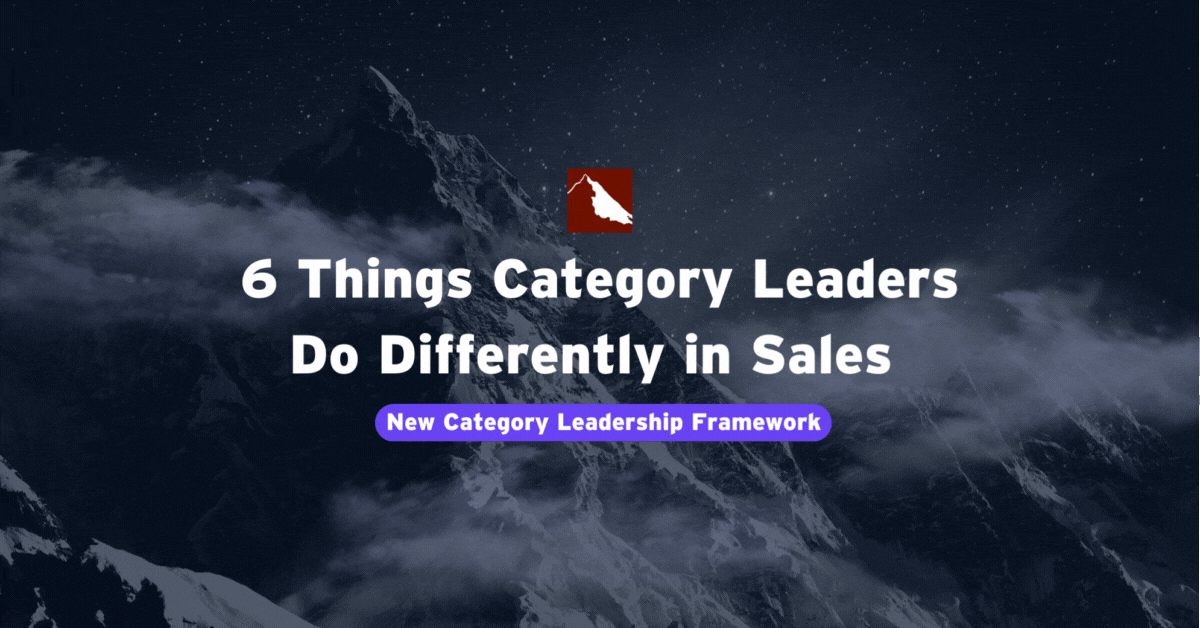This post was initially published by AppLearn.
Software change and implementation comes with challenges. Choosing the right software, the right vendor, working through the roll-out, and encouraging your staff to not only use, but properly adopt the new software, needs careful consideration. That’s why planning is so key to the success of your project.
So, what is a software implementation plan and how do you create one? In short, it’s a plan that helps you effectively manage the switch to new applications and/or processes – and there are five simple steps you can follow to maximize success.
At AppLearn, we know what it takes to make a software implementation plan a success. We have helped hundreds of businesses, from EY to Cushman & Wakefield, across the globe make their software implementations a success with their users by implementing a digital adoption platform (DAP). So, we thought we’d share the five key steps you need to take to create a plan that will help you get the most out of your software.
A good software implementation plan starts with a realistic team
The key to driving a successful software implementation plan is getting the right people involved early on. In our experience, there are three key roles that must be covered within your assembled team: software sponsors, subject matter experts, and project managers.
The sponsor is often going to be a senior stakeholder who has made the case for the new software or who is likely to benefit the most from its success – so has a personal stake in making sure it is a success. Often, they’ll have an eye on budgets, they’ll have authority across functional areas to influence resources, as well as an understanding of how the change will benefit the organization. The sponsor may sit outside of the team and will not deal with the day-to-day, but because they buy into the outcomes and have access to the resources – and people – they are key to keeping the project moving.
Another crucial step in getting the right software implementation team together is to speak to your IT department. They’ll have knowledge of the software and systems in place already and may be able to help with decisions on which vendor to choose or team members to assign to the project.
While the sponsor heads up the change, they will not have the time to oversee every single element of the software implementation project themselves. This is where project managers are vital, to keep track of all the moving parts of the implementation and to give feedback to stakeholders on any potential issues. The sponsor and their project managers should have a regular Steerco meeting where key exceptions and blockers should be discussed.
While team sizes will vary depending on resource and the nature of the software being implemented, these three roles will be crucial to making any plan a success.
Agree scope and goals ahead of time
Before committing to a particular piece of software or vendor, make sure the project is thoroughly planned. Speak to stakeholders, the assigned team, and potential future users of the software to see how their work-life would be impacted by it.
While the features of the software are important, focus on the desired outcomes of the software. What do you want your new software to offer your business overall? How do you see it impacting day-to-day processes? Approaching software this way rather than with a specific vendor or set of functions already in mind will help you create a strategy that works for all involved, especially the users, which is where the return on investment comes from.
When the time comes to speak to vendors, find out ahead of time exactly how much help and support they will offer and how much you require from them. Will they provide your employees with dedicated, thorough training or will that be your company’s responsibility? What is the scope of in-app support materials they offer? Will they provide long-term help for any issues that arise down the line? It’s helpful to get all this information together in a ‘needs document,’ then share with your chosen vendor and set clear parameters from the get-go.
Consider time, too. What’s the scope of the project – and could you plan for some scope creep? Reliable vendors often factor in extra time for this, so make sure you’re clear on how much that is before committing.
Don’t forget to ask the vendor how they’ll work with your wider team. Do they have a single point of contact or are they on hand to help with any pain points if they arise? Will they work with your IT team or subject matter experts, or prefer for it all to be funneled through one person within your organization? Define contact and communication early on, to set expectations on both sides.
Encourage user adoption
No matter how brilliant your new software is, implementation doesn’t always equal immediate, widespread adoption. If users aren’t properly trained or don’t understand how the software can help them, there’s a chance they might log in and have a play around, but not use it to its fullest potential on a regular basis. This means money down the drain for your investment.
Putting implementation plans in place early on to get users fully integrated into the new system can be helpful. For this to work, communication is key. Make sure your staff are aware of planned changes ahead of time and understand how it will impact their day-to-day.
Getting feedback on the proposed changes can help you tailor the way the software works to meet their needs: if they feel it will help them, they’ll be more likely to stick with it after all. It’s also useful to set out your expectations for how they should engage with the software from the start, and that people are aware of the training or support they can access, if they need it.
When putting together your software implementation plan you may also want to explore a digital adoption platform (DAP). DAPs can layer on top of your new software to add tailored support and training, to enhance the user experience, fast-track learning, simplify new processes and essentially prevent frustrations with new tech. Interested? Here’s more on digital adoption platforms.
Focus on reporting
Before you start the software roll out, plan how you’ll measure outputs and agree these with your key stakeholders.
This might be tracking how people are interacting with the software, and whether they are using it to its full capabilities. These reports should provide addressable points if the new software is lacking, or aspects people are finding challenging. It’ll help you tailor your training and simplify processes.
These should be in line with the goals you will have outlined as part of agreeing the scope of the project – which we touched on in step two. It’s important to make sure these goals are measurable – or that you can at least capture the factors and metrics they may influence or feed into.
We always champion going beyond ‘surface’ level measures, like logins, and delve into metrics that can really paint a picture of how software is being embraced (or not). This can be done using a DAP, which works in the background to monitor user interaction with software. DAPs make the reporting process simple, removing the guesswork. We get into the detail of reporting in our Definitive Guide to Software and IT Change Management, looking at the best ways to successfully measure software utilization.
Remember: ongoing support should be part of any good software implementation plan
People often see go-live as the end point of their software implementation project. However, when putting together your plan, think further ahead. Expect – and plan for – post-launch improvements. Software implementation is not linear, and you should aim to improve how it works for the team constantly by offering ongoing support to your organization.
This might mean frequent training refreshers, which can be adapted to suit any software updates or changes in ways of working. Asking for regular feedback from staff can give you insight into what works and what doesn’t in how they use the new software.
Your vendor should provide you with a dedicated customer success plan and team to make sure your software implementation is an ongoing success. AppLearn’s professional services team do just this, spending dedicated time post-go-live to make sure your software is working better for you. Part of this process is arranging reviews, where you can discuss what is working and what isn’t, with a keen eye on how to develop and improve.
Key takeaways
When software implementation is done right, you’ll see productivity on the rise, streamlined processes and time savings for your organization and your people.
The best software implementations are backed by a solid team, a well-thought-through plan, in-depth reporting, a focus on proper digital adoption and a willingness to continually improve.
Focusing on these areas is the key to getting the most out of your new software and making sure it’s a success – for the long-term.




